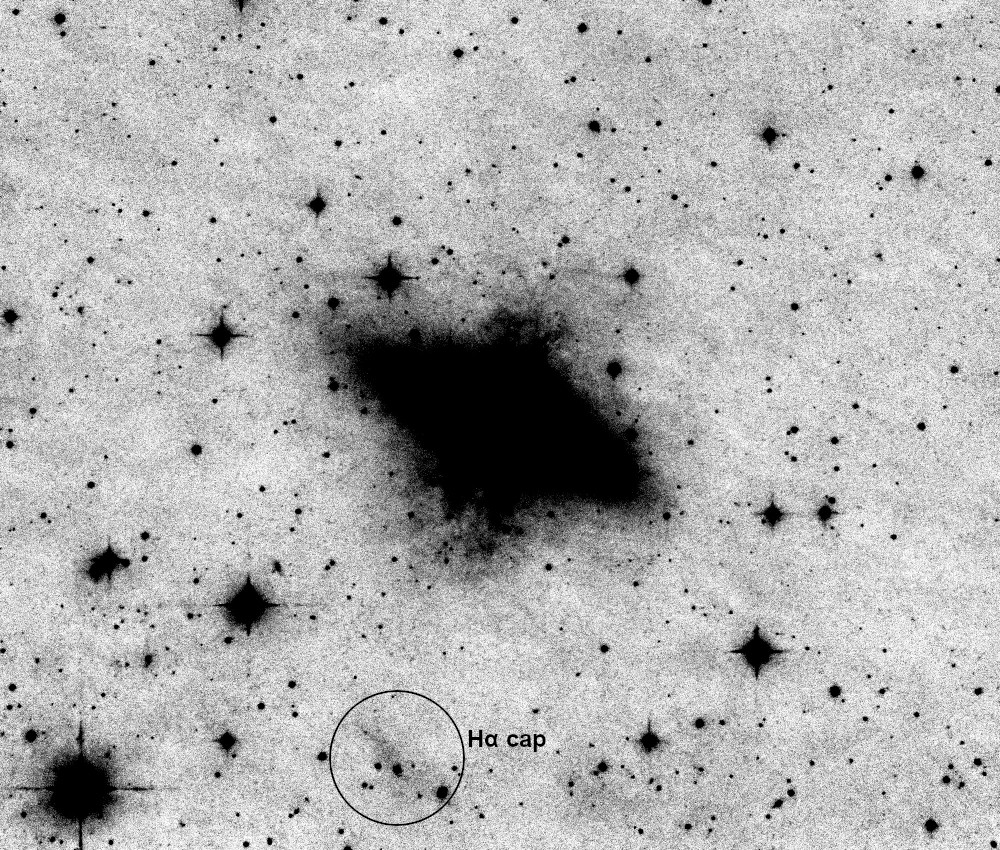All the H-alpha frames, and some of the RGB test data that I shot for my
M81 project (Bode's Galaxy) also included M82, the Cigar Galaxy. The Original shows the full field of view with simple Log stretch. With noise reduction I was able to push the RGB stretch quite a bit further.
When compared to M81, I didn't have the same super sharp, deep Luminance data for M82, nor the same amount of RGB integration time, but I did have access to 16 hours of okay-ish H-alpha data. You might say that 16 hours is decent, and it is definitely a lot for our typical skies here, but the H-alpha data was shot under rather poor seeing with average FWHM of 3.3" (The average Red data FWHM is 2.5"). So instead of focusing on fine details, one of my goals during processing was to really push the H-alpha data to reveal the deep red outflows perpendicular to the galactic disk.
One of the problems with the internet is that there are so many high quality reference photos available, and my mind will often have predetermined expectations of what I should see in certain objects. The red outflows of M82 certainly fall into this category and at first sight the H-alpha stack appeared a bit disappointing. With noise reduction though, something unexpected turned up: there exists a super faint structure called the 'M82 cap' and if you know where to look it was just barely visible, right above the noise floor!
 H-alpha data only (inverted)
H-alpha data only (inverted)The M82 cap was discovered professional astronomers
Devine & Bally in 1999.
The deepest professional H-alpha image of M82 that I could find is described in
this paper from the Dragonfly array. It was obtained with an upgraded version of the Dragonfly Telephoto Array called
Dragonfly Spectral Line Mapper (DLSM). This telescope array consists of 3 parallel Canon 400 mm f/2.8 camera lenses equipped with a tunable 1 nm full aperture filter. It can detect emissions with extremely low surface brightness.







Comments